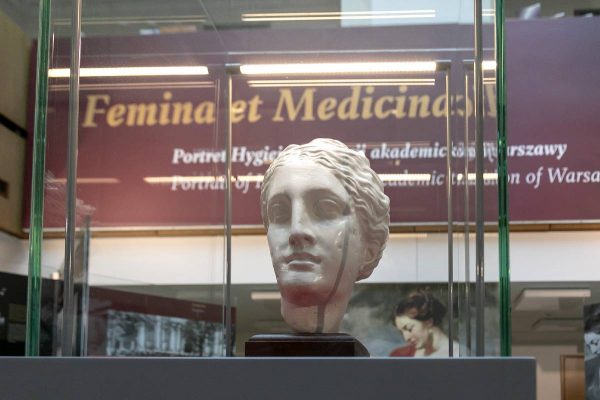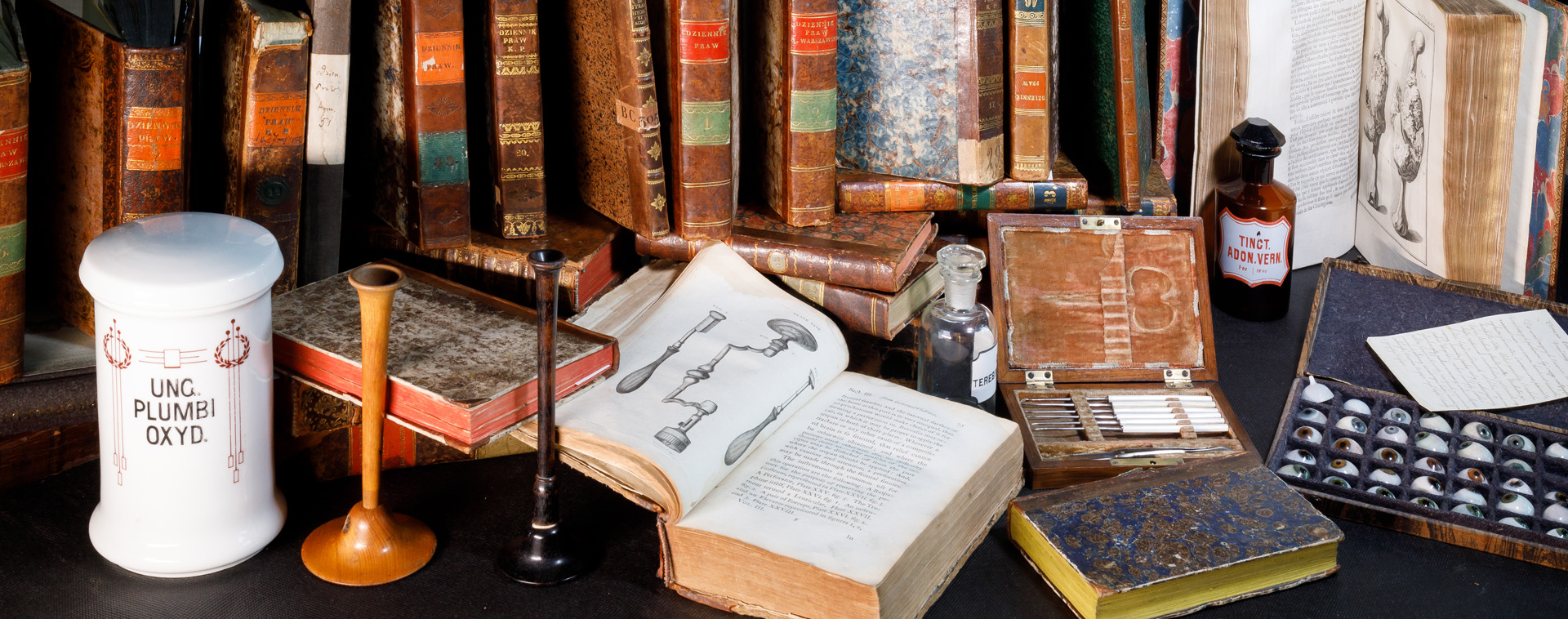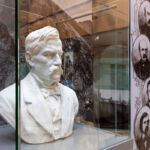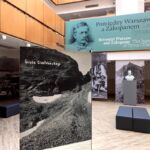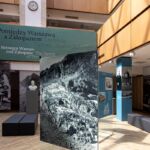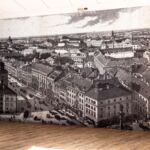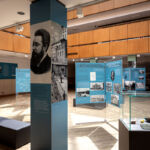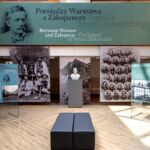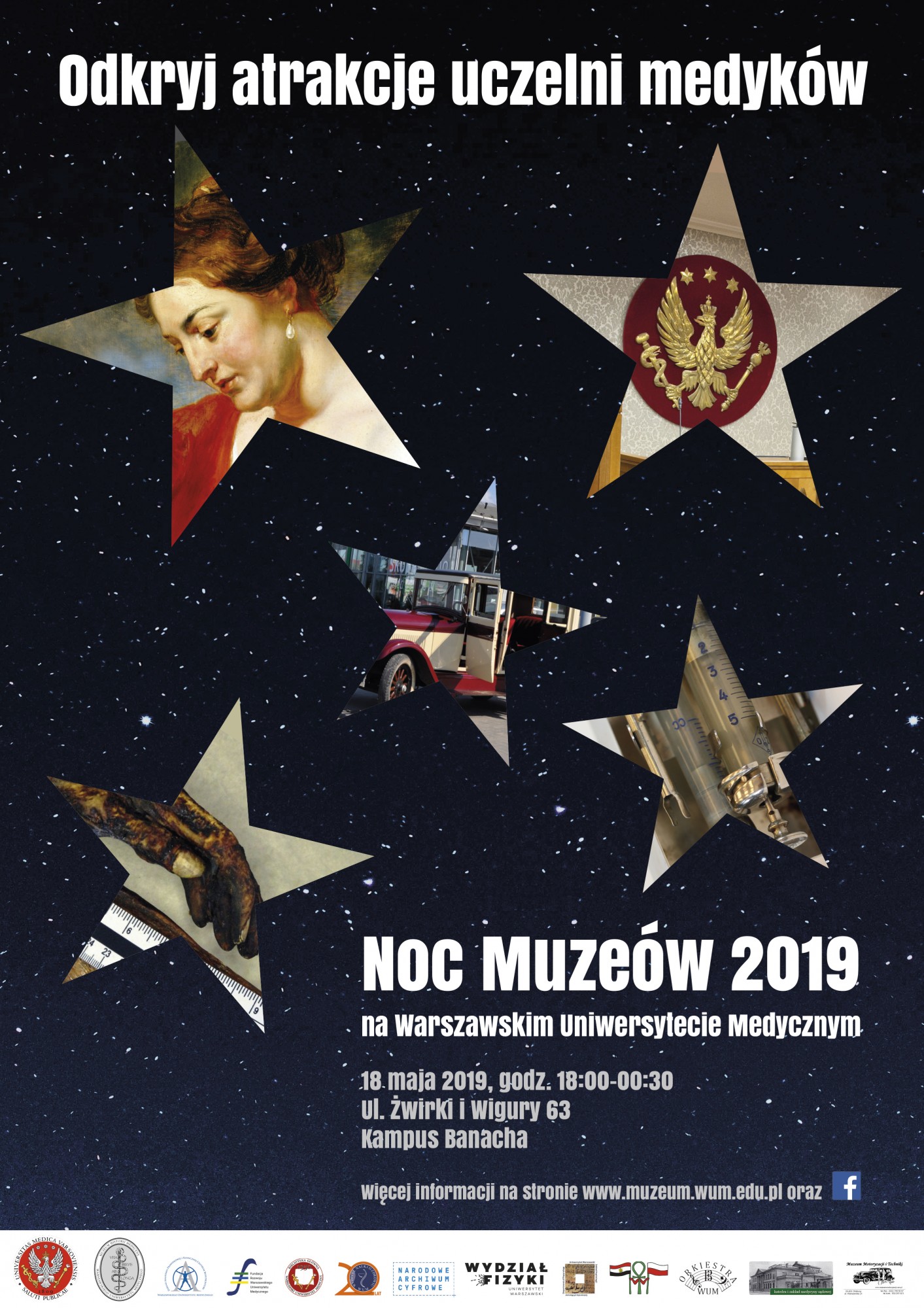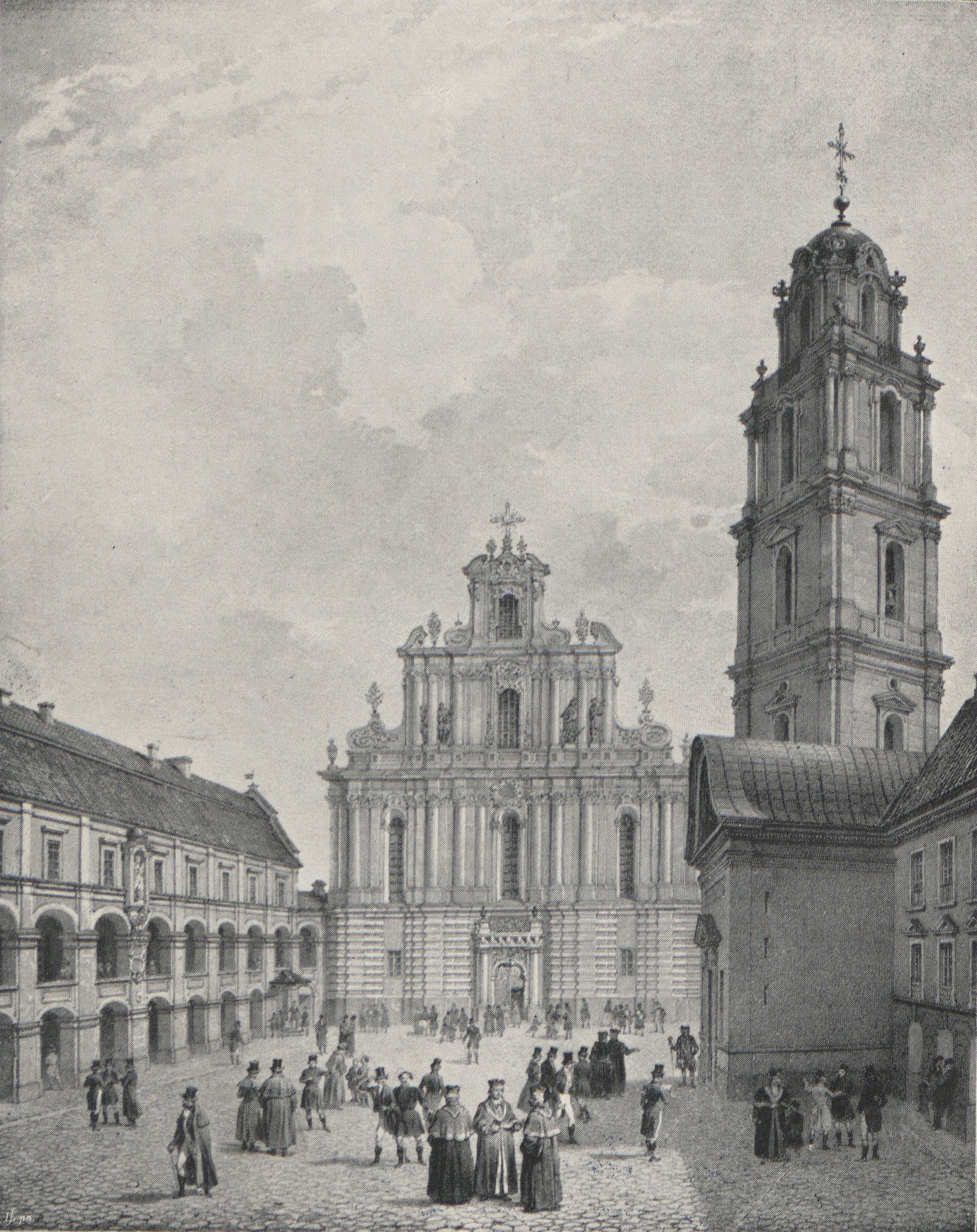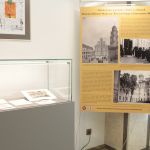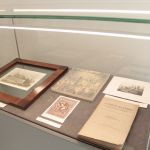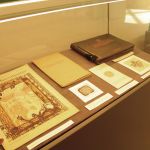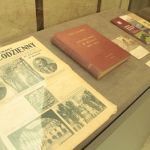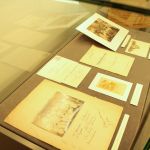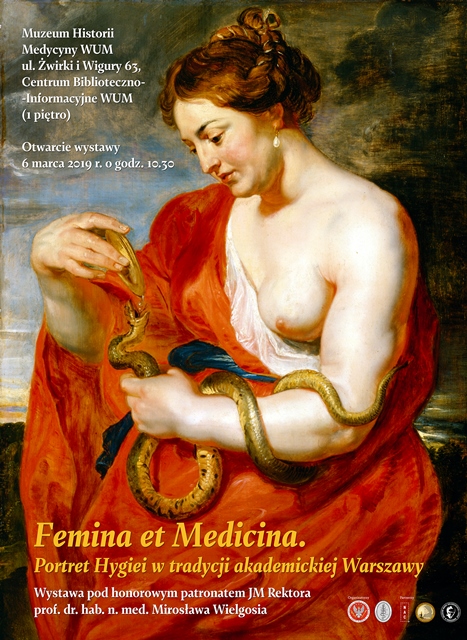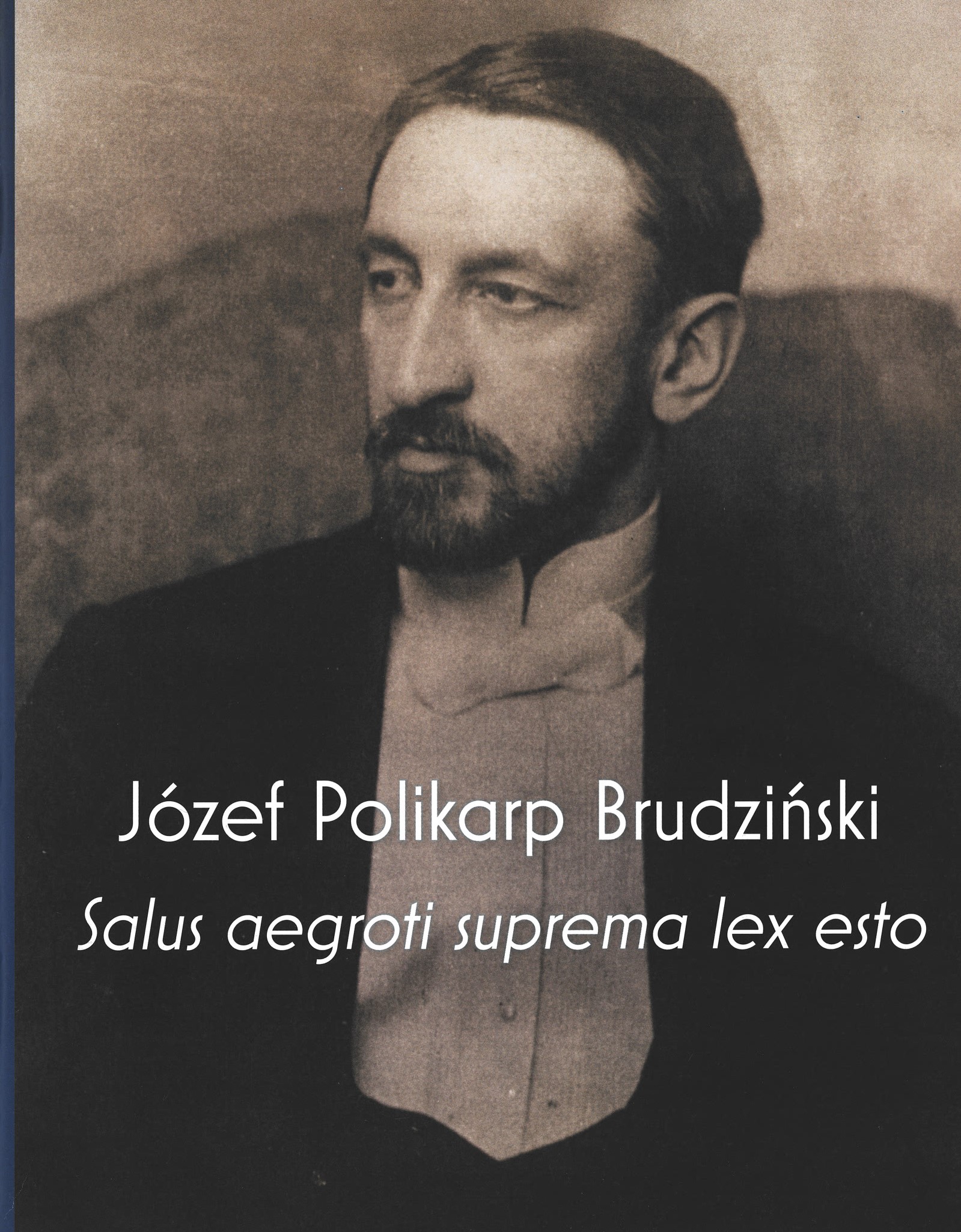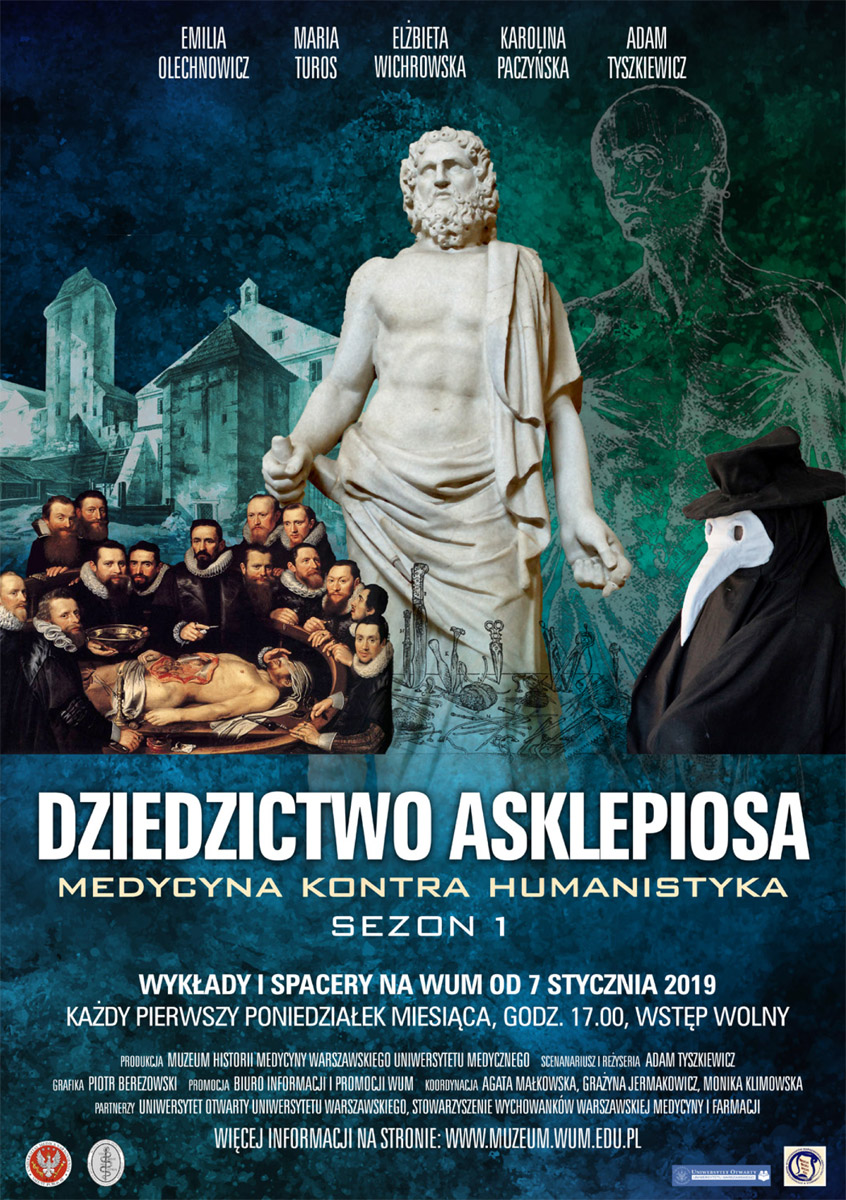
The Museum of the History of Medicine, Medical University of Warsaw, hereby invites you to a new series of museum events in 2019 under the title of ‘The Heritage of Asclepius. Medicine versus the Humanities’. The aim of the first series of these meetings will be to present medicine against a background of the humanities, such as history of art, literature, theatre, law and philosophy. All the meetings will take place on the first Monday of each month at 5 p.m. During the warmer months of the year, we would also like to invite you to take part in walks which are planned along the Royal Route and on the Lindley Campus. To start with, on 7 January, Dr. Adam Tyszkiewicz, Director of the Museum of the History of Medicine, will give a lecture entitled: ‘The relationship between Apollo and Asclepius, that is the relationship between art and medicine’. During the lecture you will learn about the diseases from which well-known artists suffered, including Vincent Van Gogh, Edvard Munch, and Stanisław Wyspiański, and also discover which early modern works of art and sculptures should be included in the catalogue devoted to the connections between art and medicine and what characterized the architecture of the most famous European hospitals.
We look forward to seeing you on Monday 7 January 2019 at 5 p.m.
Programme:
7 January 2019 – Dr. Adam Tyszkiewicz (Director of the Museum of the History of Medicine): ‘The relationship between Apollo and Asclepius, that is the relationship between art and medicine’. In the L. Paszkiewicz Room in the Collegium Anatomicum building, 5 T. Chałubiński Street
4 February 2019 – Dr. Emilia Olechnowicz (Institute of Art of the Polish Academy of Sciences ISPAN) – The body as ‘matter worthy of a theatrical setting’. About early modern anatomical theatres. In the W. Grzywo – Dąbrowski Lecture Room in the Department of Forensic Medicine building, 1 W. Oczki Street.
4 March 2019 – Dr. Maria Turos (Medical University of Warsaw) – Lecturers in Uniform – ‘Warsaw School of Medicine’ 1809–1831. In the A. Dobrzański Room in the Library and Information Centre, 63 Żwirki i Wigury Street.
1 April 2019 – Professor Dr. Hab. Elżbieta Wichrowska (Faculty of Polish Language and Literature, University of Warsaw) – From prophecies, ‘reforms’ of outfits, diets to heal the body – that is the first ‘bloomerists’, mesmerists, homoeopaths, vegetarians, hydropathists and abstinents in England and elsewhere… Room no. 27 in the Library and Information Centre, 63 Żwirki i Wigury Street.
6 May 2019 – Dr. Karolina Paczyńska – Famous doctors, hospitals of the past and the teaching of medicine along the Royal Route (walk). Meet at the Barbican, on the side of Krzywe Koło Street
3 June 2019 – Dr. Adam Tyszkiewicz (Museum of the History of Medicine of the Medical University of Warsaw) – In the shadow of Warsaw’s skyscrapers. Secrets of the Lindley Campus (walk). Meet in front of the Collegium Anatomicum building at 5 T. Chałubiński Street.
